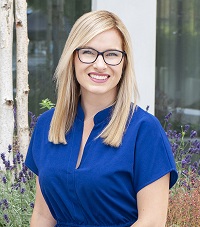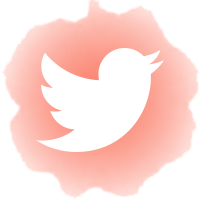“A person’s success in life can usually be measured by the number of uncomfortable conversations he or she is willing to have.”
– Tim Ferriss

Wellness Tip:
Befriend Anxiety
“I wish I was more anxious…” said no one ever. 🙄But anxiety isn’t all bad. In some situations, it can act like a compass, directing our attention to what matters.
Says psychologist Tracy Dennis-Tiwary in an episode of Hidden Brain, “When we talk about anxiety, the first thing we think is, ‘Oh, we better soothe it. We better immediately make it go away.’ But when we listen to anxiety as information, we can use it to say, ‘Focus more, persist more, know that this is important.’”
The discomfort of anxiety prompts us to act – to have a difficult conversation, say, or prepare for an activity we’re nervous about – and when we take that action, anxiety naturally diminishes. And that, says Tracy, “is a very reinforcing experience.”
Check out the full episode and see if you can get friendlier with anxiety.
Productivity Tip:
Use Contextual Zoning
What happens if you work from your bed, eat on the sofa, and watch Netflix at your work desk? Well, you may not be at your most productive.
Why? Because your brain isn’t getting into the right mode. You’ll sleep better if you keep your bed just for sleep. And you’ll work better if your work desk is your focused space.
These are contextual zones, and you can set them up at home, at the office, or even in public places like a café or library.
Says writer Kunal Shandilya, you can even use one space for two different purposes by changing the way it feels. “If you must use the same physical space for work and watching Netflix, consider altering the layout of your desk for each context, and using soundscaping and lighting to further reinforce the context.”
Where are you working from today? Is it a dedicated workspace?
Routine Breakdown
Nicole Greenfield-Smith, Certified Confidence Coach, NLP and IEMT Practitioner, Behavioral Psychology Specialist & Founder of The Confidence Craft

Neuroscience and behavioral psychology underlie Nicole Greenfield-Smith’s routines. She:
- Gets up 30 mins before anyone else to bask in the silence. “I take long, even breaths to balance my nervous system. Taking some time to be in the moment and steady my heart and thoughts energizes me and sets me up for the rest of the day.”
- Gets outside within an hour of waking. “This sets my energy and concentration levels as it boosts my production of cortisol and melatonin (the get-up-and-go and sleep hormones) and triggers the rhythm for the neurotransmitters for sleep, meaning I’ll also rest easier at bedtime.”
- Uses the 80/20 principle. “I protect my first hours of the working day – always. I invest them in the activities that either take the most brain power or that generate the most outcome (i.e. that take 20% of my time but generate 80% of my business). This saves time and energy, and means I can tackle the mundane tasks during the parts of my day when I’m less refreshed.”
Why it works:
- Deep breathing exercises can help with stress, focus, sleep, and more.
- Exposure to morning sunlight has measurable benefits to health and productivity.
- The 80/20 rule can help us prioritize tasks and work out where to put our energy.
Have you tried using the 80/20 rule (aka the Pareto Principle)? Try identifying those few key tasks that bring you 80% of the results, then using your Panda Planner to schedule more of those tasks. Let us know how it works for you!












